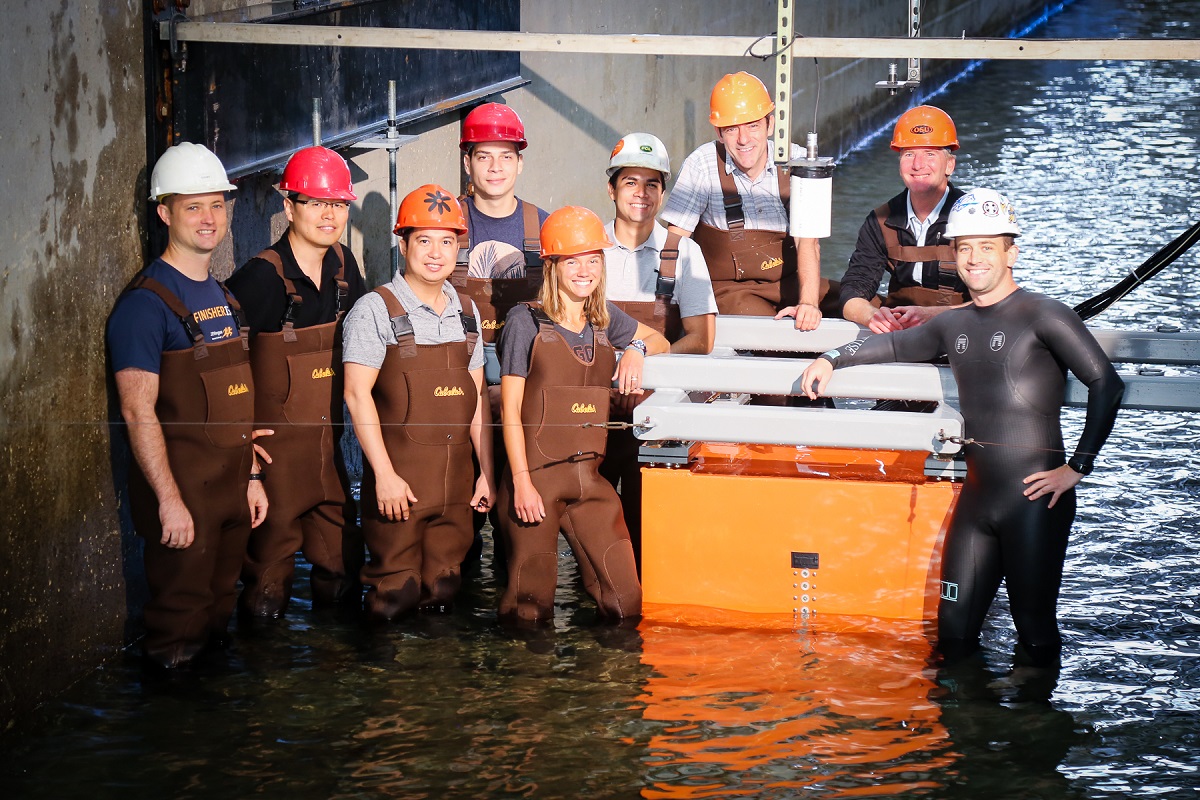As building stakeholders seek to mitigate damage and risk of property and structure loss, it is becoming apparent that exiting design methodologies such as those outlined in the Coastal Construction Manual are inadequate to describe the range of building types, storm conditions, and resulting damage. More effective decision support tools such as HAZUS-MH rely on a framework of multi-hazard fragility curves to relate the hazard and affected infrastructure, i.e. buildings, to compute/predict an expected level of damage.
Although there have been significant advances in this correlation for wind loading and seismic, and some preliminary work for tsunamis, the coastal surge+wave response of structures remains poorly defined. This project will significantly improve HAZUS input fragilities for surge+wave through a robust experimental and numerical study of the interaction of surge and waves with near-coast structures. The overall goal of this project is to develop accurate fragilities for near-coastal structures against overland surge and wave forces for input to HAZUS-MH such that they can be used in a design framework consistent with the risk-based methods used in wind and seismic engineering.
The physical model tests are being conducted in the Large Wave Flume, where a paralelepipedic steel structure, instrumented with pressure gauges and load cells, and representing an elevated structure over a schematized foreshore bathymetry, is subject to the action of storm waves and tsunamis, with varying surge levels. Resistive and acoustic gauges have also been deployed along the flume to characterize the incident wave conditions offshore and around the structure.
A comprehensive description of the project has been published by the Coastal Resilience Center, a US Department of Homeland Security Center of Excellence.
